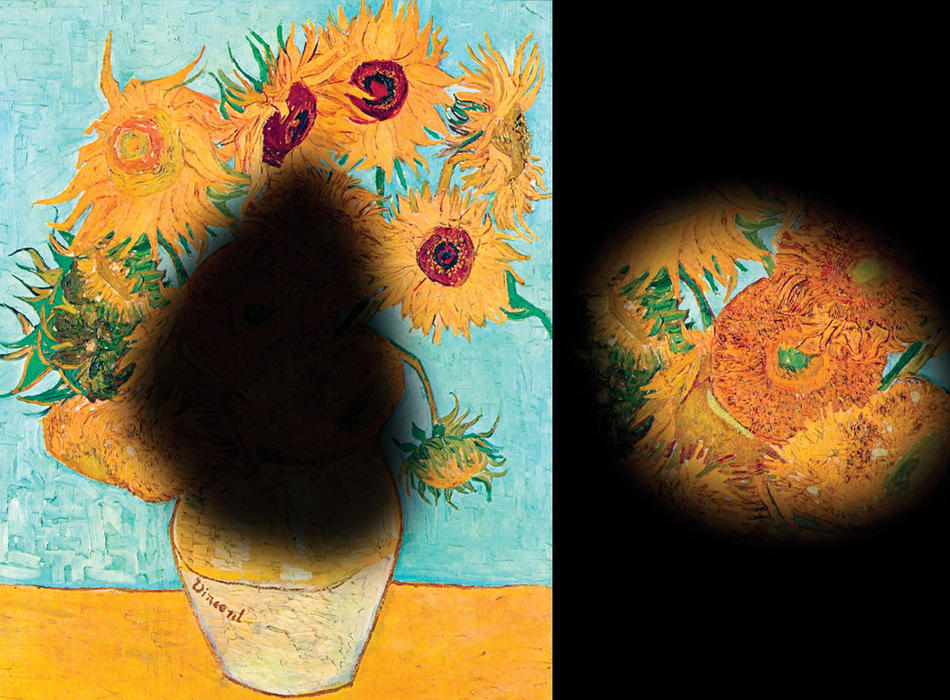Medical researchers at Columbia recently used stem cells to restore the eyesight of mice, suggesting a new treatment strategy for a common ailment known as retinitis pigmentosa. People with retinitis pigmentosa experience tunnel vision because cells on the periphery of the retina die. The disorder affects about 1 in 3000 to 4000 people, or 1.5 million people worldwide.
“We turned stem cells into retinal cells, and these retinal cells restored vision,” says Stephen Tsang, an assistant professor of ophthalmology, pathology, and cell biology. His work appears in the March issue of the journal Transplantation.
Tsang and his colleagues restored eyesight in about one-quarter of their mice with retinitis pigmentosa. Some of the animals had complications, however, including benign tumors and detached retinas. Tsang now is trying to eliminate these side effects with the hope of testing the procedure next in humans.
“Once the complications are addressed, we believe this technique could become a new therapeutic approach not only for retinitis pigmentosa,” says Tsang, “but age-related macular degeneration, Stargardt disease, and other forms of retinal disease.”
Age-related macular degeneration affects cells in the middle of the retina. Stem cell therapy, Tsang says, would create an unlimited supply of replacement retinal cells, which today must be donated.



